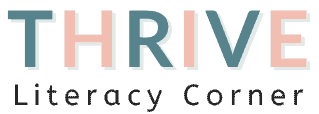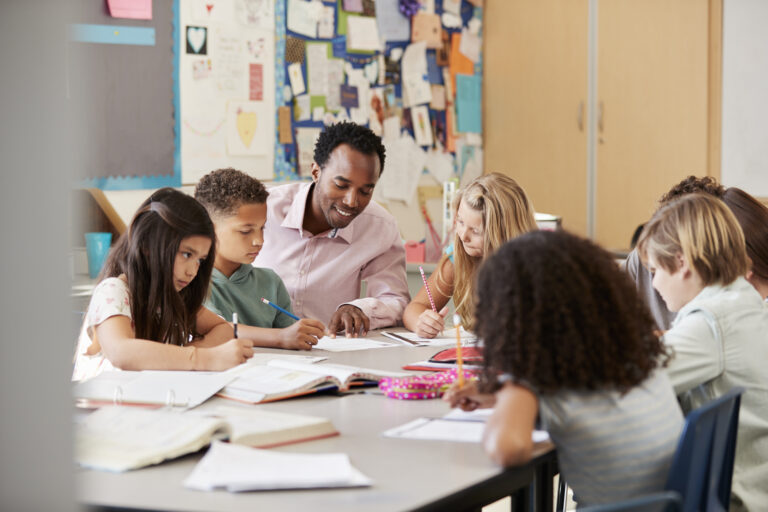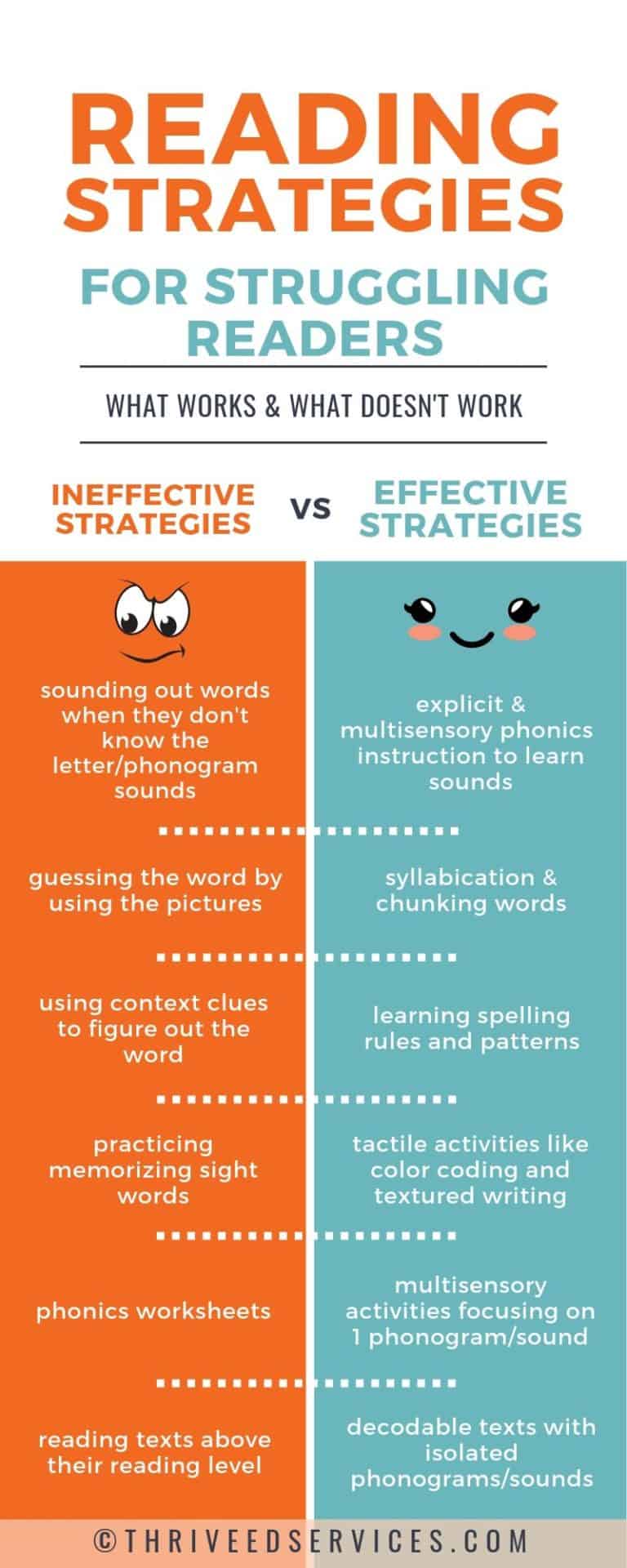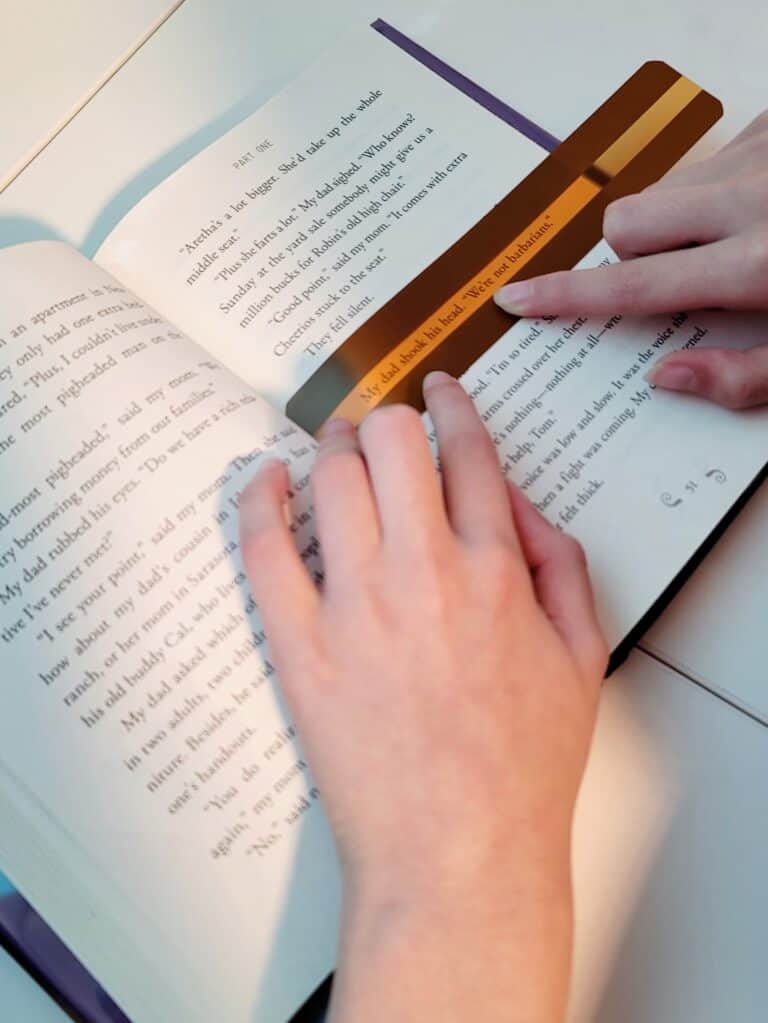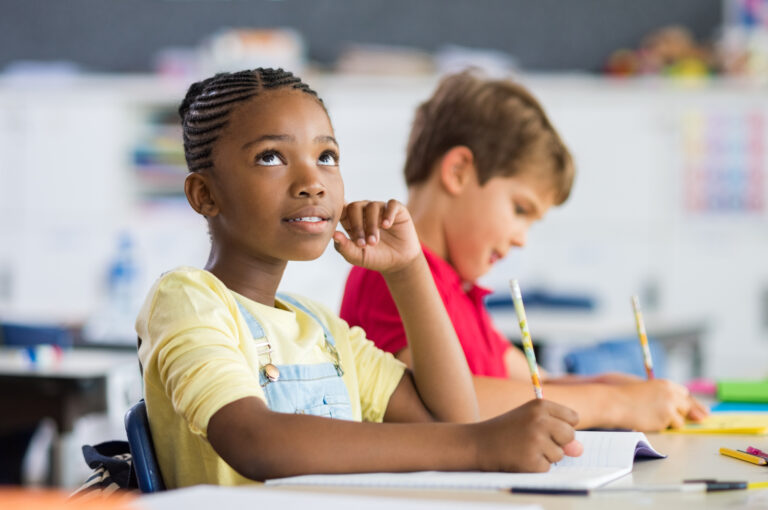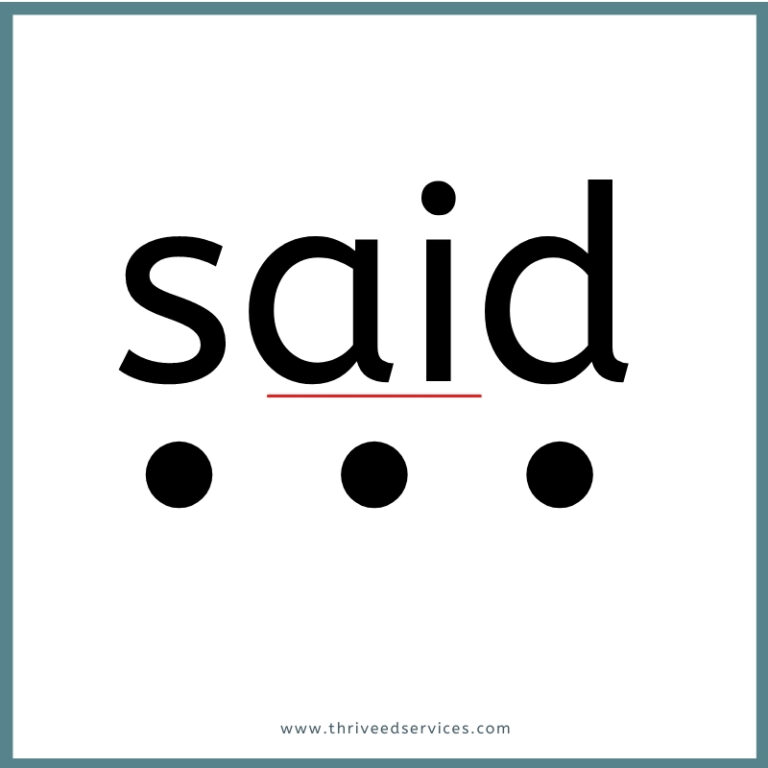Print Concepts: Essential Guide for Educators + FREE Printable!!
This post may contain affiliate links, and I will earn a commission if you purchase through these links. Please read the disclosure policy for more details.
Understanding print concepts is a crucial step in your child’s journey towards becoming a skilled reader. These concepts form the foundation of how print works and its role in conveying information. As a parent or educator, it’s essential to grasp the importance of print concepts and how to effectively teach them to young learners.
Print concepts encompass various aspects such as recognizing that print carries meaning, knowing the function of books, and understanding the mechanics of a book – turning pages, finding the top and bottom of a page, and identifying the title. Moreover, these concepts also cover the directionality in a book, letter and word awareness, as well as differentiating between upper case and lower case letters and recognizing punctuation.
As you introduce your child to the world of print, remember to be patient and incorporate fun activities that allow them to engage with print in a meaningful way. By doing so, you will nurture their love for reading and pave their path to becoming confident readers.
Grab 4 FREE alphabet arc printable mats by subscribing to my list!
*Most school spam filters block my emails, so please use a personal email.

Fundamentals of Print Concepts
Directionality: Left to Right, Top to Bottom
Understanding the directionality of print is crucial to become a successful reader. When you’re reading, always start from the top left corner and move horizontally from left to right. Once you reach the end of a line, make a return sweep, meaning move your eyes back to the left side so you’re ready to start reading the next line downwards. Practicing this concept helps you develop smooth eye movements and improves your overall reading fluency.
Letters, Words, and Sentences
Recognizing the basic building blocks of print is essential for developing literacy. Every piece of text is comprised of letters, which combine to form words. The alphabet consists of individual letters, or graphemes, that represent phonemes or sounds. By familiarizing yourself with the alphabet and having strong alphabet knowledge, you’ll be able to identify and manipulate these graphemes to decode words.
Words can be further broken down into syllables, providing a way for you to chunk words for easier reading and pronouncing. In a sentence, multiple words convey a complete thought, and each sentence starts with a capital letter and ends with punctuation.
Spaces Between Words and Punctuation
Spaces between words play a significant role in making text readable. When you see a space, it indicates a break between two words, a concept known as one-to-one correspondence. Paying attention to spaces helps to differentiate words and understand the sentence’s meaning.
Similarly, punctuation marks play a vital role in organizing and clarifying the meaning of sentences. As you read, look out for punctuation like periods, commas, and question marks, as they give cues on how to read and interpret the text.
While learning and understanding print concepts, remember to explore various exercises like morning messages, alphabet games, and alphabet charts to reinforce your skills. Developing proficiency in print concepts is an investment that will help set the stage for your future reading success.
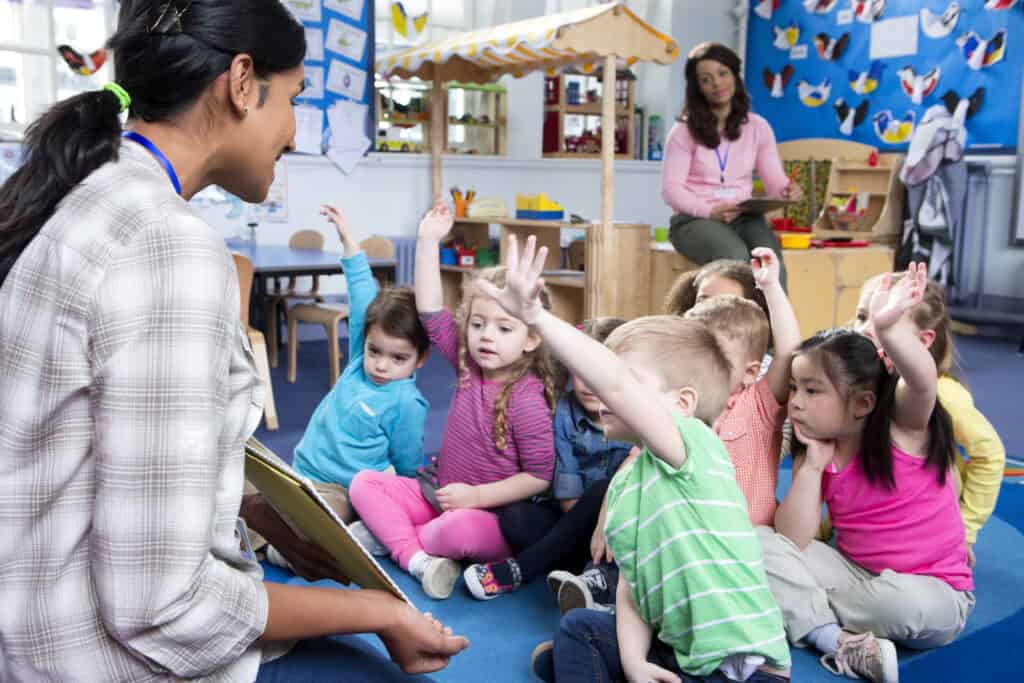
Exploring Books
Parts of a Book
When you explore a book, it’s important to understand its different parts. Familiarize yourself with the front cover, back cover, spine, and pages. The front cover often includes the book’s title, author, and illustrator, while the back cover may provide a brief summary or endorsements. Inside the book, you’ll find text composed of letters, words, and punctuation marks that convey meaning. Many books, especially children’s books, also have illustrations that correspond to the text.
Book Orientation and Title Pages
Knowing the correct way to hold a book and turn its pages is an essential part of concepts of print. Remember that you should read books from left to right and top to bottom. The title page, typically found at the beginning of a book, also displays the book’s title, author, illustrator, and sometimes publication information.
Children’s Books and Illustrations
Children’s books are an ideal way to introduce little ones to concepts of print. These books often feature engaging illustrations which help young readers understand the text and make connections between pictures and words. Exposing children, like those in kindergarten, to different types of books can foster their appreciation for reading. The inclusion of environmental print, such as signs and labels, in illustrations can also help children spot familiar text in their day-to-day surroundings.

Activities to Develop Print Awareness
Shared Reading and Reading Aloud
Developing print awareness is crucial in helping children learn to read. By engaging in shared reading and reading aloud, you support your child’s understanding of how print works and its function in written language. As you read with your child, point out print elements like sentence structure and show them that meaning is derived from the text. This helps your little one develop a strong foundation in reading and promotes their reading success.
Letter and Word Play
There are many hands-on activities that can help children develop print awareness. Start by introducing the alphabet and working on their phonological awareness. Encourage your child to make connections between letters, sounds, and words. Use resources like songs, videos, or puzzles to keep learning fun and engaging.
Sorting letters, words, and sentences is an effective activity for developing print awareness.
Play with letters often. Magnetic and foam letters are ideal. Alphabet arcs are an excellent tool for working with letters and developing the alphabetic principle.
Grab 4 FREE alphabet arc printable mats by subscribing to my list!
*Most school spam filters block my emails, so please use a personal email.

Sentence Building
Activities where students put words in order to create sentences are another great option for developing print awareness.
Environmental Print
A sound wall helps children make the connection between written and spoken language.
Labels around the room and pointing out environmental print, like the brand name on a package, develops print awareness. You can reference these types of print in the classroom throughout the day.
Help your child illustrate and create their own drawings to support their understanding of the link between text and meaning. Encourage them to label their drawings and write simple sentences that describe what they’ve created. By doing this, you are fostering a love for reading and building their confidence in recognizing print.
Alphabet/Letter Scavenger Hunts
An exciting way to help develop concepts of print in young children is by organizing an environmental print scavenger hunt. Use everyday materials like newspapers, magazines, billboards, and signs to help your child recognize print in their surroundings. Involve them in activities like identifying letters on a cereal box or tracking print on street signs.
By participating in these scavenger hunts, your child will learn to associate print with meaning and enhance their understanding of how written language functions in daily life. So, go ahead and engage your child in these fun activities to pave the way for a successful and enjoyable reading journey!

Conclusion
In summary, understanding print concepts is essential for developing strong reading skills. As a reader, being aware of how written language and books “work” can greatly improve your reading abilities. By learning the basic features of a text, students will have a solid foundation for navigating any text.
Sources:
- Print Awareness – Reading Rockets
- Planned Language Approach: Book Knowledge and Print Concepts – Head Start

